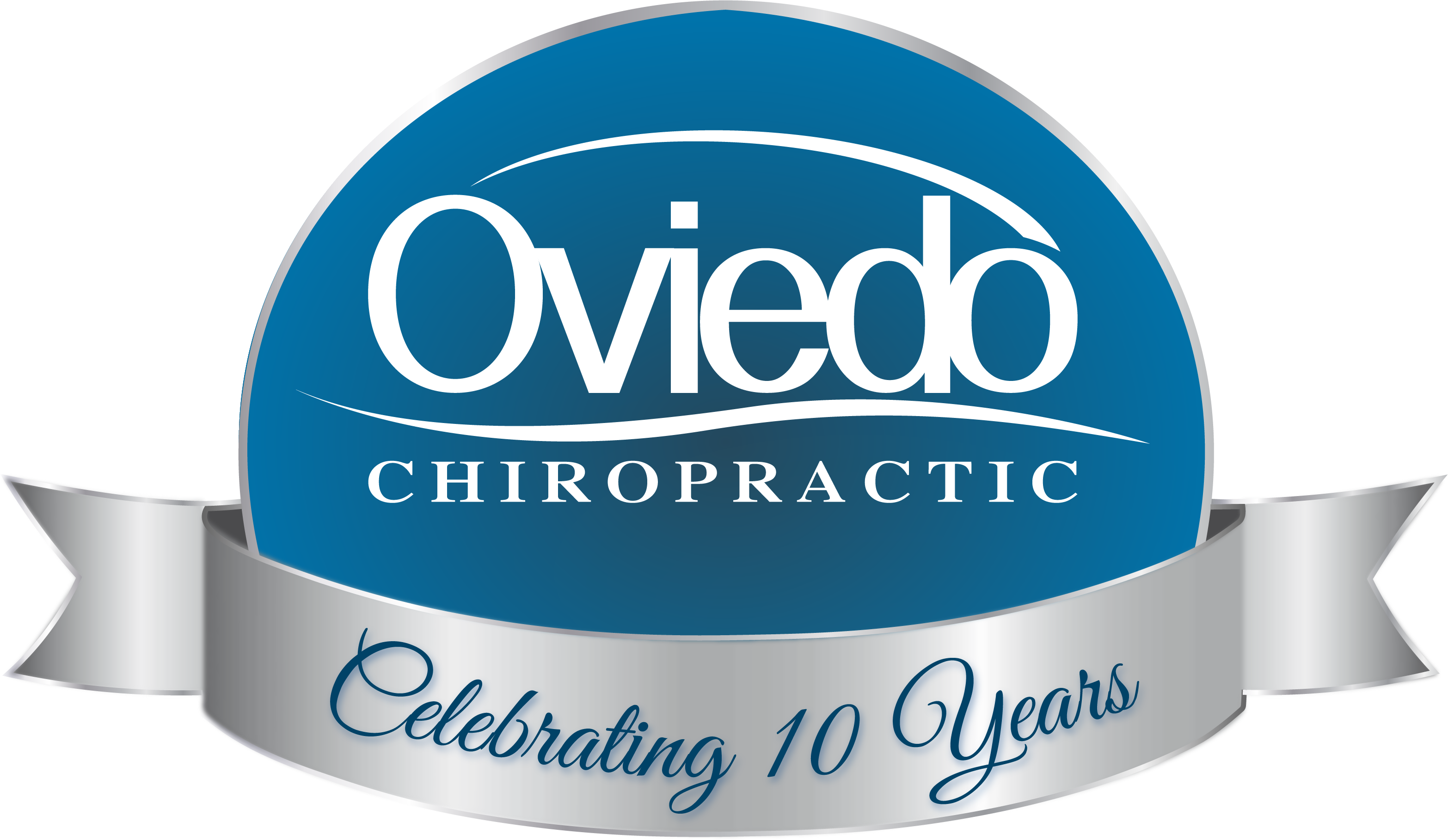How Does Trigger Point Massage Work?

They may be small, but trigger points can cause a lot of pain.
Find out why and how trigger point massage can provide lasting relief.
You’re rubbing a sore muscle and suddenly flinch in pain. Ouch! Why does that one tiny spot hurt so much?
Chances are, you’ve developed a trigger point.
Trigger points and other myofascial pains are benign, but the pain they cause can be intense and debilitating. Luckily, trigger point massage is a simple, non-invasive way to release those tight spots and alleviate your pain. Let’s take a closer look at how trigger point massage works and what you can do to prevent trigger points from forming.
But first, let’s answer your most burning question, “What is a trigger point?”
We Offer Same-Day Appointments
What Is a Trigger Point?
To understand trigger points, we need to take a closer look at muscles.
Each of your muscles consists of bundles of muscle fibers, which are encased in a web of collagen called “fascia.” Fascia runs through and around every muscle in your body and acts as the “glue” that holds your muscle tissue together.

A trigger point is a small, tight area in the taut band of muscle fibers and fascia, which restricts blood flow to the area and causes pain. Also known as contraction knots, trigger points become so tight, in fact, that they can be felt underneath the skin. They are typically very sensitive, causing a severe amount of pain that seems out of proportion to the pressure being applied.
One unique feature of trigger points is that this pain is not always felt at the location of the trigger point, but instead it can be felt in a different area of the body, which is called referred pain. In some cases, you might not feel any pain. Rather, the muscle may feel tight, stiff, or have a reduced range of motion. This is where a licensed and experienced medical masseuse should step in. They know how to feel for trigger points and possibly help them before they become a bigger problem.
Trigger points can be either active or passive. Active trigger points cause pain during rest or when compressed. Passive, or latent, trigger points only cause pain as a response to compression.
What Causes Trigger Points?
Weakness, small tears, tense muscles, dehydration, and even poor diet can cause trigger points to form.
When overworked or injured muscle fibers become unable to relax, this can cause a mini contraction in a small area of the fascia or muscle fiber. This stretches the muscle band on either side of the trigger point. The knot of contracted tissue also restricts blood flow to the area, which effectively “starves” the muscle of necessary oxygen and also leads to a build up of waste material within the cells.
The pain of a trigger point may discourage you from moving the affected muscle, which causes other muscle fibers to contract and more trigger points to develop. This is why swift, effective treatment is so crucial.
Luckily, trigger point massage is an easy way to encourage trigger points to release.
How Does Trigger Point Massage Therapy Work?
Trigger points will not heal on their own. Treating trigger points requires seeing a massage therapist.
So, how does a trigger point massage work?
While there is no single type of massage labeled a “trigger point massage,” massage therapists can use a number of different techniques to loosen these knots, including myofascial release and deep tissue massage.

Massage works to release a trigger point by pushing fresh blood in and flushing waste material out. This helps relieve some of your pain by bringing more oxygen into the area and encouraging the muscles to release.
Other techniques, such as PNF stretching and Neural Reset Therapy, can trick your muscles into releasing trigger points through stretching and movement.
Preventing Trigger Points
Although benign, trigger points can cause a lot of pain and affect your daily life, so your best course of action is to prevent them from forming in the first place.
The good news is that this is possible! Some trigger point therapy and prevention you can try at home includes:
- Regular stretching and exercise (Yoga is a great option!)
- Foam roller treatment
- Proper posture (while driving too!) (Using a posture corrector can help!)
- Quality sleep
- Nutritious diet

Trigger points often form after an unavoidable injury, such as a car accident. If you have experienced a traumatic injury to the muscle (even from lifting a box that was too heavy), schedule an appointment with a massage therapist who is well-versed in trigger point massage techniques to get a head start on alleviating your pain.
Trigger Points Are Painful But We Can Help
Trigger points may be small, but they can cause a huge amount of pain and discomfort. Luckily, you can experience lasting relief with trigger point massage.
If you’ve recently been in a car accident or experienced any other type of injury, trigger point massage can work in conjunction with your chiropractic care, helping to heal your entire body.
If you’ve been struggling with pain from a muscle knot or trigger point, schedule an appointment with one of the four massage therapists at Oviedo Chiropractic. Our therapists are well-versed in a variety of massage techniques to treat trigger point, neck pain from whiplash, common car accident injuries, and many more.
At Oviedo Chiropractic, your health and well-being are our top priorities. We give every patient personalized treatment so they can get back to normal in no time.

